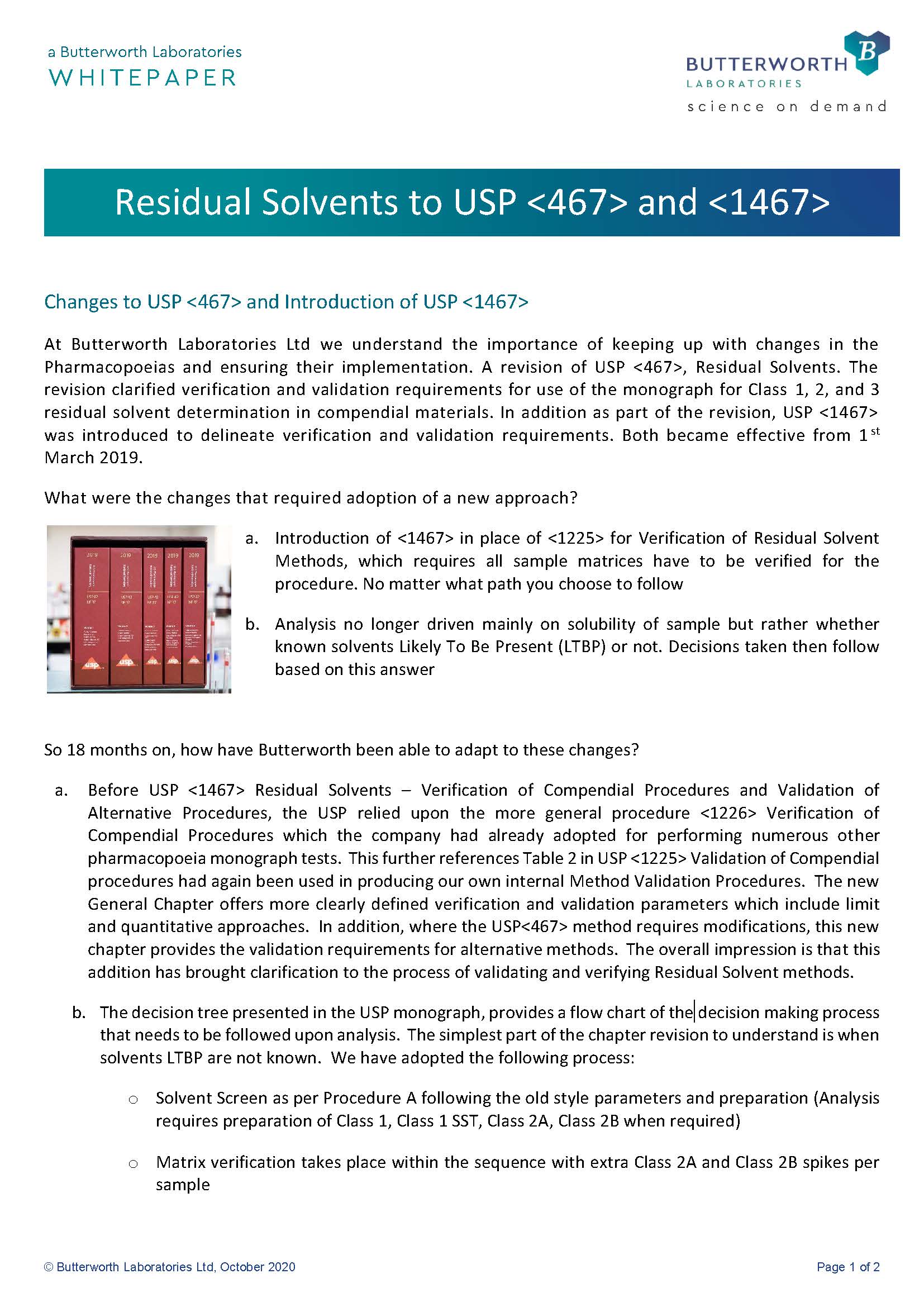
By David Hawkins, managing director.
In mid-July, I started looking back at the lessons we learnt keeping our business running throughout the coronavirus crisis since March. I hoped to find out all the things we, as a company, did well, and those which, in hindsight, could have been done better. At the time it felt more like a business continuity wrap-up exercise, and I am glad to say the Business Continuity team did a good job and managed to continue to operate at around 90+% capacity throughout. However, it is now clear that these lessons are going to be an essential part of our business continuity-planning going forward in preparation for a second Covid-19 wave.
Overall, I have complete confidence that the team at Butterworth will again succeed in putting together a comprehensive and effective plan for dealing with a second wave, ensuring we remain capable of meeting our clients’ needs throughout. Technology has a significant part to play in all of this; we can already see the benefits it has brought in facilitating home working and streamlining processes involving hard-copy documentation. We have also been able to host client and regulatory audits remotely throughout the year. We now have the opportunity to adopt additional technological solutions to improve our efficiency along with the safety and well-being of everyone.
The future of Covid-19: Lessons learnt
Looking back, it is pleasing to see how quickly we could react to the constantly changing situation and put in place measures, which, at times, were slightly ahead of the government’s announcements leading up to lockdown. Vulnerable colleagues, and those whose role allowed them to work from home, were equipped to do so, and the adoption of shift patterns encompassing the weekends meant that we could maintain lab capacity whilst reducing the daily occupancy. Butterworth did not rely on the government’s coronavirus job retention scheme, and only those employees clinically vulnerable or shielding a household member who was and could not work from home were furloughed.
Many of the actions were taken at very short notice, and as a result, some were not optimal, achieving what we needed at the time, but, ultimately, in some cases did not result in the most efficient processes. There were gaps such as our inability to equip home workers with telephones connected to our internal exchange and the initial shortage of printer/scanners. However, we have been able to evolve and adapt our working practices as we settled into a new way of working, and this will continue in all areas.
Covid-19: Planning for a second wave
The consensus is that there will be a second Covid-19 wave in the UK; you might think that having already gone through the ‘first wave’, we could roll out the same plan, with the odd enhancement and adjustment here and there. Unfortunately, life is never that simple, and we do not yet know what any second wave will look like. Businesses must adapt to the measures, restrictions put in place by the authorities, and these will be different second time around, as they also learn from their previous experience. Lockdowns might be national or local, and the measures may vary from lockdown to lockdown depending on the local situation. Financial support for businesses is also likely to be less generous than it has been, and the job retention scheme grants may no longer be available.
There are two main aims in our preparation for a second wave. Firstly, to make sure we focus on our priorities; it is too easy to fall into the trap of reacting in a knee-jerk fashion to the first challenge faced with rather than having a broader and longer ranging view. For Butterworth, the high-level priorities are simple: Keeping our employees safe, and to continue to provide an unbroken service to our clients, which is not as manageable in reality; although these priorities are not mutually exclusive, there is more than enough scope for conflict. For example, to maintain service levels, we also need to operate with a full complement of staff, which presents challenges to maintaining social distancing and safety. Shift working and other mitigation measures, such as Perspex screens, have proven to be effective, along with good staff discipline and strict hygiene rules.
Secondly, we need to build on what we learnt the first time around. Gathering feedback from people working in all areas has given us an insight into where worthwhile improvements can be made to both our operations and safety. It is also important to identify where we got things right the first time so that we do not waste time trying to make pointless improvements.
Much of the feedback has been concerning the employment of further technological solutions to make homeworking easier and more efficient. Laboratories are complex operations, sometimes employing many discreet electronic systems and processes and being able to pull all this information together so that it can be easily accessed from home will provide undoubted benefits. We are also now looking closely at employing digital signature systems, new workflow processes, making more use of electronic documentation systems and moving further away from our reliance on hard copy documentation.
Covid-19: The future
Looking further ahead, it is hard to see when we might be free from the uncertainty the Covid-19 crisis brings. Carefully chosen and implemented systems and working practices will not only help us deal with the second wave but also pave the way for more efficient processes in the future.
Maybe Covid-19 has provided us with the required driver for change and presented an opportunity to take a hard look at how we do things from this point on. Although our eyes are on the risks that Covid-19 presents, we are planning for the future and not just a second wave.



